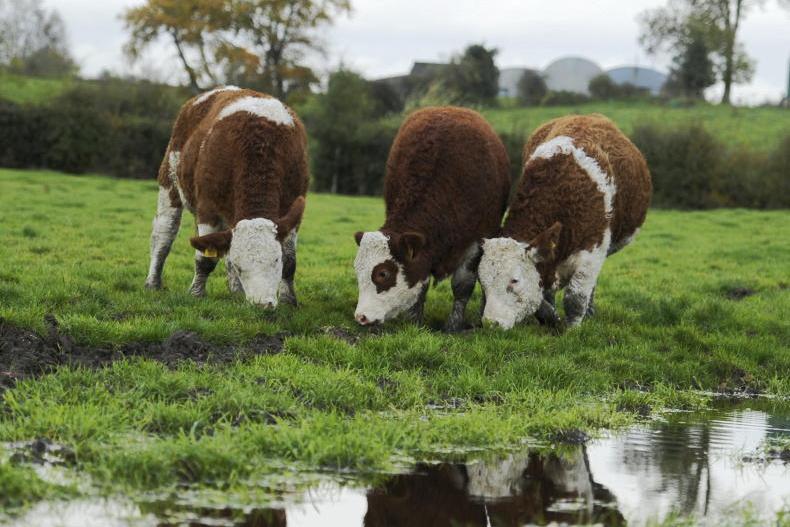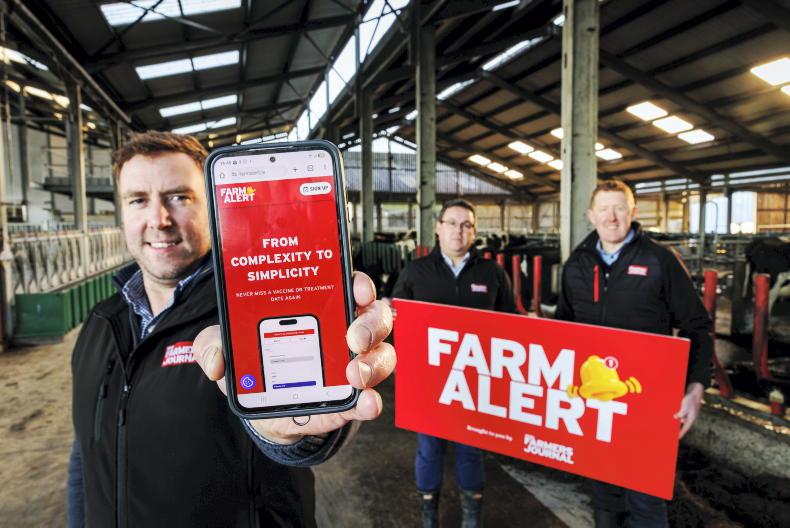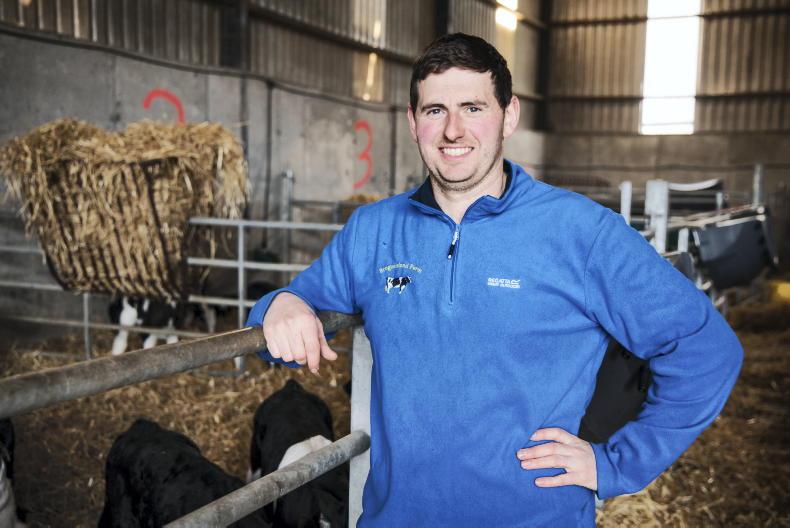There was a time in the not-so-distant past when adult cows were never dosed for stomach worms – neither in the dry period nor in the summer. This is because stomach worms were not a problem for adult animals.
Over time, this tolerance for worms began to wane and now many farmers not only treat for worms during the dry period, but also during the summer.
Slick advertising campaigns aside, many herds do experience worm burdens which, if left untreated, will cause a reduction in performance and so treatment is necessary from an economic, animal health and also an animal welfare perspective.
The symptoms of stomach/gut worms (ostertagia) are very loose dung, underperformance, low fertility and low body condition score. Stomach worms can predispose the cow to other more serious infections, so treatment is important.
Preventing the parasite from causing an issue in the first place revolves around good practice regarding youngstock rearing ie giving young animals exposure to worms in order to build up immunity and tolerance to worms on pasture.
Diagnostics
Diagnosing a worm burden in dairy cows is relatively straightforward, as milk can be tested for the presence of ostertagia antibodies through bulk tank milk testing, organised by the co-op.
High antibody levels for any given disease would suggest a high exposure to that disease, as cows in the herd are producing antibodies to try and fight it. The most common diseases being tested for in the milk are IBR, BVD, liver fluke, leptospirosis, neospora, salmonella, Johne’s disease, and ostertagia and fluke.
When the results come back for each disease they are either negative, low positive or high positive. A high positive reading would suggest that the herd is highly exposed to the disease and some form of treatment may be necessary.
If treating some animals in a herd, use an injection-based dose
A high reading doesn’t necessarily mean the parasite is present, it means the cows have been highly exposed to the parasite. For the likes of stomach worms, a dung sample would give a more accurate depiction of the presence of the parasite but again there are limitations here because immature worms may not be shedding eggs. So there are limitations with both bulk milk tests and dung sampling. Doing multiple dung samples over time will probably give a clearer picture about the worm burden in the herd.
When it comes to stomach worms, the advice is that if the bulk tank milk test results are over 0.7 but less than 1.0, there will be value in treating the younger cows in the herd for worms.
The younger cows in the herd would refer to first-lactation cows only. If the result is higher than 1.0, the advice is that all cows in the herd will benefit from treatment.
It’s important to note that if treating a portion of the herd, a pour-on should not be used, as there is a high chance that some of this product would be licked off the treated cows and so they would be under-dosed while those animals that licked it off would be under-dosed also. Therefore, if treating some animals in a herd, use an injection-based dose.
Doses
Eprinomectin-based wormers are the only products licensed for use on dairy cows that have zero milk withdrawal. These are available in two forms – pour-on and injectable. Typical costs for a pour-on to treat a dairy cow are between €4 and €6, while the injection costs about €4.50.
If using a pour-on, make sure it is administered in the right way and at the right time. Pour-on should be placed along the flat part of the animal’s back, starting at the withers (between the shoulders) and ending at the tail head.
Avoid dosing animals when they are wet or before heavy rain is forecast. Calibrate all dosing guns prior to use to make sure they are dispensing the correct amount of product.










SHARING OPTIONS